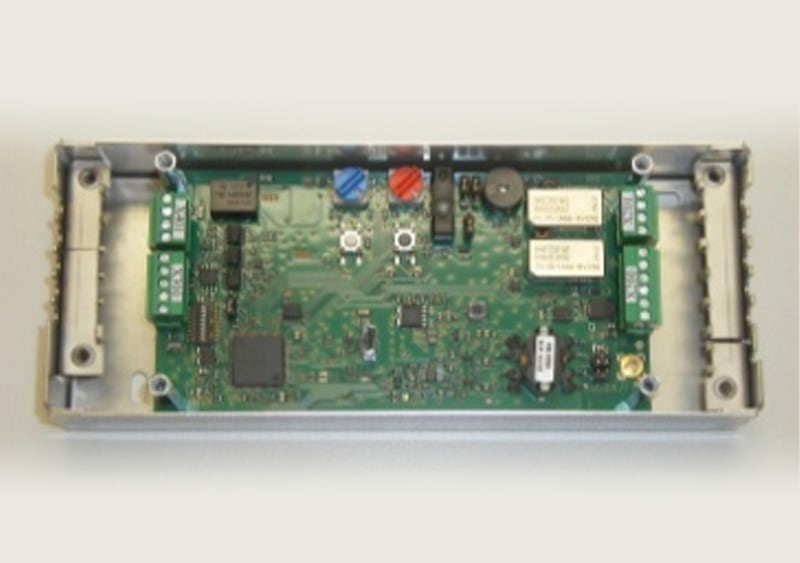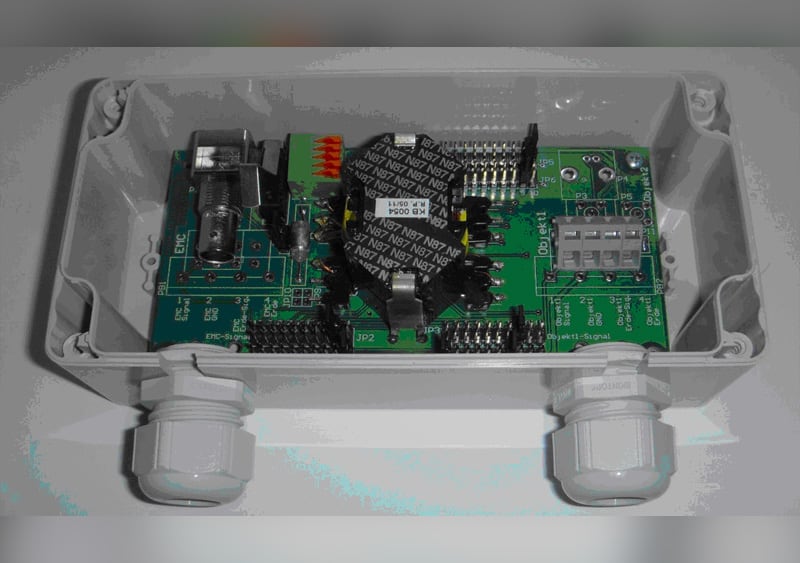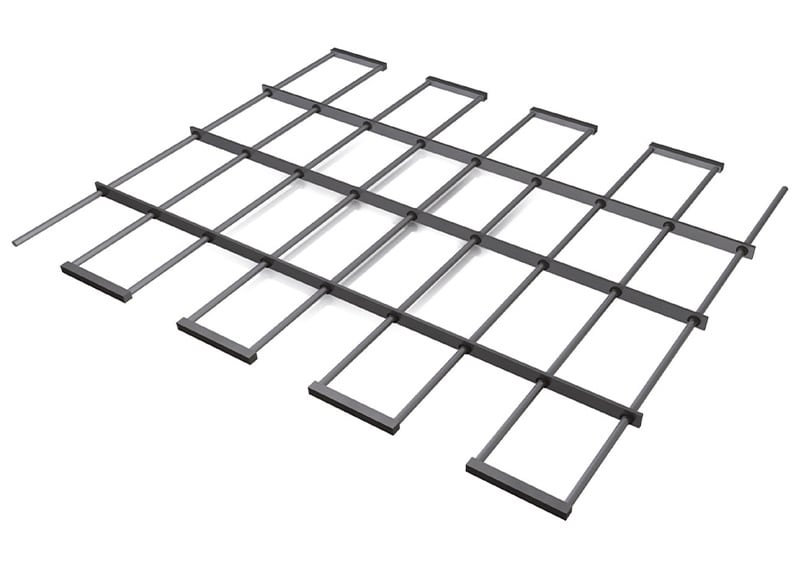EMC20/1 – inductive monitoring
EMC20 for inductive monitoring
How does inductive monitoring work?
Ventilation systems of buildings are closed with grilles to prevent unauthorized entry into the building. To achieve effective protection against intruders, it is necessary to monitor the grilles in such a way that even an attempt to attack them can be detected and reported. Since the grilles are often installed outdoors, it is important that the monitoring is not affected by weather conditions.
The grids have an intrinsic inductance, changes are measured in combination with a specifically adapted transformer and thus monitored by the EMC.
The inductance is determined by the mechanical arrangement of the grids. As soon as the grid is bent, or individual bars are removed or cut, the inductance of the grid changes and an alarm is triggered.
Grids with a size of up to 10 m² can be monitored with one EMC20/1 unit. With an EMC20/8 correspondingly eight times 10 m².
Small grilles can be monitored together if individual identification is not required. The trigger threshold is set on the EMC device. Touching the grilles does not cause an alarm, because they are grounded with low impedance.
Of course, an application is not limited to ventilation systems, conceivable are e.g. structural openings on buildings of any kind: e.g. elevator shafts or light domes.

EMC20/1


EMC20/1
Universal, capacitive field change detector for monitoring individual objects. Use as single detector for one sensor.
EMC20/8
Universal, capacitive field change detector for monitoring objects. For 8 sensors
EMC20/1 for inductive monitoring
Together with a cable transformer and a grid structure, the EMC becomes an inductive monitor.


